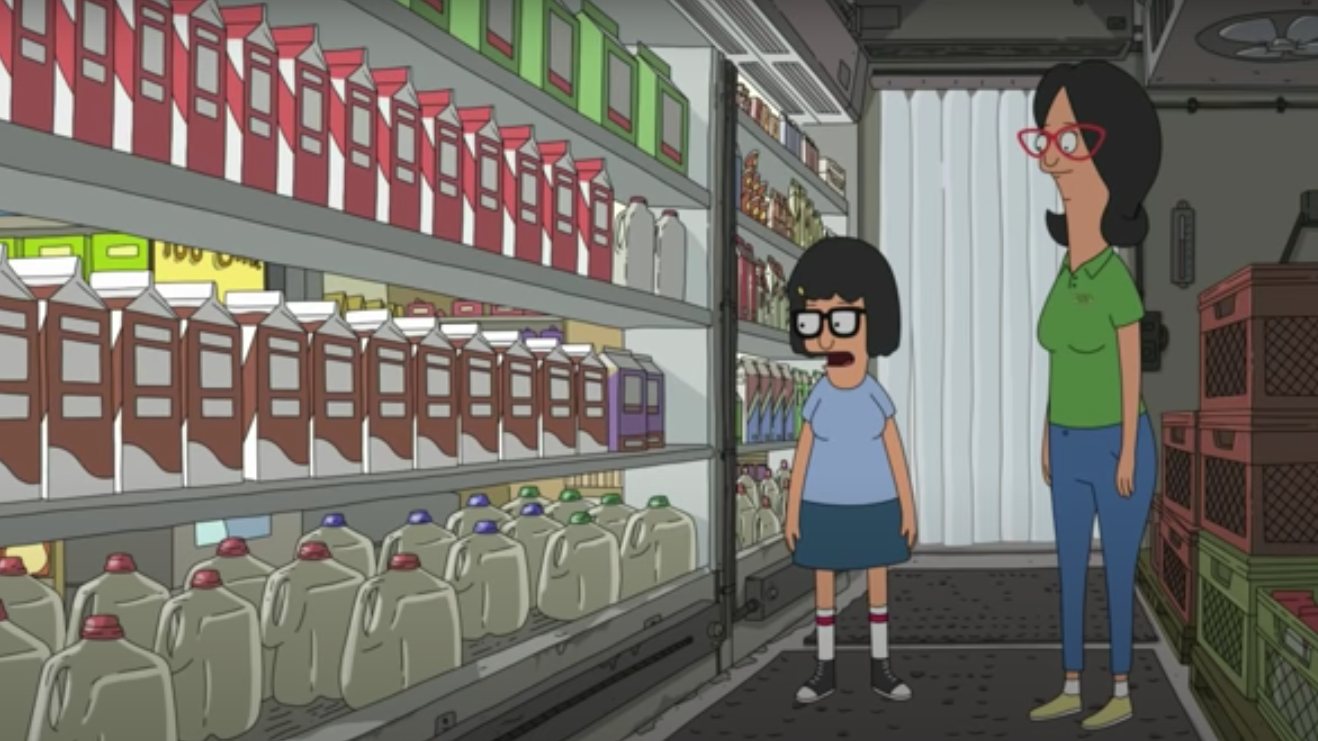The Dairy Fridge In Your Grocery Store Might Be Speeding Up Climate Change
In season three of Bob's Burgers, Tina Belcher describes walking into a supermarket dairy fridge as being "backstage at a Broadway show about people who buy milk." It's true: supermarket fridges do lend a certain air of mystery. What even goes on back there? Greenhouse gases, that's what.
Turns out that those supermarket freezers aren't just ordinary freezers. The Washington Post reports that most U.S. supermarkets utilize a network of pipes to transport "compressed refrigerants that keep perishable goods cold." Most of these chemicals are hydrofluorocarbons, or HFCs, which are greenhouse gases thousands of times more powerful than carbon dioxide. As if that's not scary enough, those hydrofluorocarbons often escape through cracks in the pipes or the buildings themselves, sending them straight into the atmosphere. Bad, bad, bad.
That's not all: a new undercover investigation by an advocacy group suggests that some supermarkets are leaking these chemicals at an even higher rate than regulators previously thought. Out of 45 major supermarkets surveyed, investigators found leaks in 55% of them. That might help explain the new data released Friday showing that U.S. HFC emissions rose by 4 million metric tons between 2018 and 2019. The Post reports that the result is equal to 49 billion pounds of coal being burned each year.
Fortunately, the Biden administration plans to take action as part of its broader climate action plan. Under the American Innovation and Manufacturing Act, which passed in December, the EPA must phase down the production and import of these gases by 85% over the next 15 years. Most recently, the EPA issued a public call last week for companies to report additional HFC production data. What does this mean for supermarket best practices? That remains unclear—but hopefully it won't prevent adolescents from finding love in a dairy fridge.
